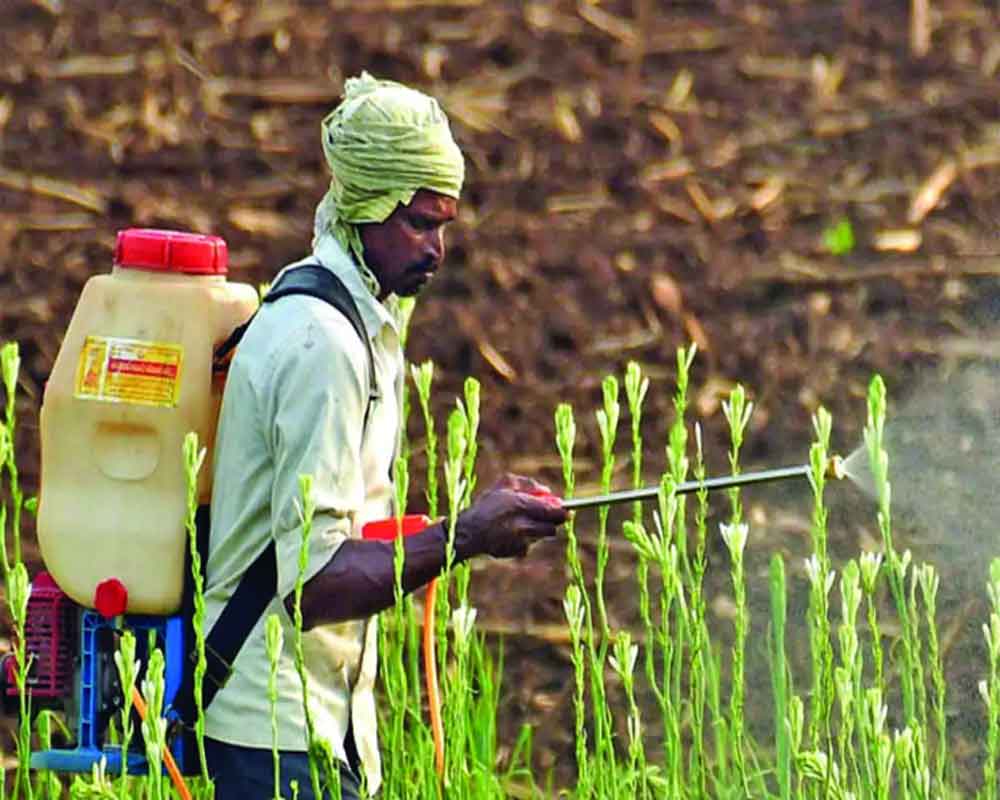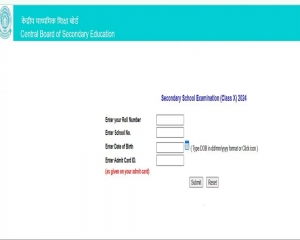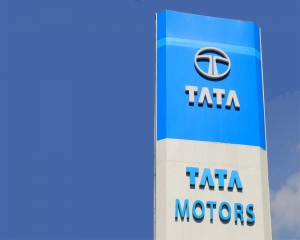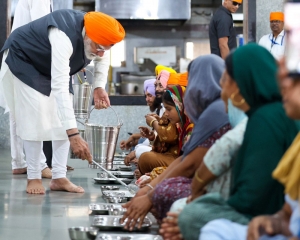The real reason behind the leakage is control of the MRP at an artificially low level. Dubious players have a huge incentive to divert and rake in the moolah
As part of the 100-day agenda of Modi 3.0, the Government intends to administer fertiliser subsidies more effectively and cut down on leakages and diversions to build on the success of neem-coated urea. It intends to conduct a pilot in a few districts on a modified version of the direct benefit transfer (DBT) that seeks to establish a linkage between the land holding of a farmer and nutrient consumption. A proposal in this regard mooted in 2020 is being resurrected. To make urea - a widely used fertiliser that supplies primary nutrient nitrogen or ‘N’ and constitutes nearly half of India’s total fertiliser consumption - affordable to farmers, the Union Government controls its maximum retail price (MRP) at a low level unrelated to the cost of production/import and distribution, which is much higher. The excess cost over MRP is reimbursed to the manufacturer/importer as a subsidy which varies from unit to unit depending on its cost. The MRP of urea is kept unchanged (today’s price is more or less the same as in 2002) even as all cost escalations are absorbed by raising the subsidy.
In the case of fertilisers supplying phosphate or ‘P’ and potash or ‘K’ which constitute the other half (call them non-urea fertilisers), there is a ‘uniform’ subsidy on a per nutrient basis for all manufacturers under the Nutrient Based Subsidy (NBS) Scheme. They are free to fix MRP but need to reduce it to the extent of subsidy. Even as the subsidy remains unchanged, rising costs mean ever-increasing MRPs. The Department of Agriculture and Cooperation (DoAC) - in consultation with states - assesses the requirement of fertilisers for each cropping season - kharif (April to September) and rabi (October to March).
The Department of Fertilisers (DoF) prepares an agreed supply plan to cover all the urea requirements from domestic production and import. The states allocate all of the urea arrivals and track disbursal up to the district level.
The DoF has developed a mobile and a web application - a mobile Fertiliser Monitoring System (m-FMS) that provides information on stock, sale and receipt of fertilisers till the last retail point. The total expenditure on fertiliser subsidy - on both urea and non-urea fertilisers put together - is around Rs 200,000 crore annually. Now, when the Government talks of leakage and diversion, we are reminded of the Economic Survey 2015-16 which said as much as 24 per cent of the subsidy is spent on inefficient producers, 41 per cent is diverted to non-agricultural uses including smuggling to neighbouring countries and 24 per cent is consumed by larger, presumably richer farmers. That leaves a tiny 11 per cent going to small and marginal farmers who constitute the vast majority i.e. nearly 86 per cent of the total number of farmers.
At a fundamental level, leakages are inherent in the way the administration of fertiliser subsidies is designed. The Government asks manufacturers to sell fertiliser at a low price - a price it thinks farmers can afford. Having sold at this price, the latter claims from the former an amount equal to the excess of the cost of supply over it as a subsidy. The subsidy could have been given to the farmer directly say, by depositing the money in her bank account. But, for decades, successive Governments have preferred to route it through manufacturers.
Having to deal with a handful of manufacturers instead of crores of farmers (that would have been the case if the subsidy were to be given to them directly), they have found this arrangement convenient. But, there is a big negative to it. Since the subsidy is embodied in the MRP (albeit low), the subsidised fertiliser product must reach the farmer and be used only for growing the crop. If it doesn’t reach, then the benefit of subsidy is enjoyed by the person who grabs it.
After leaving the factory or the port (in case of imported stuff), fertilisers travel a long distance moving by rails/roads to reach storage points in the district and further movement to retail outlets for sale to the farmers.
In the initial years of the fertiliser pricing and subsidy scheme (it was introduced in 1977 for urea and 1980 for other fertilisers), manufacturers were given the bulk of the subsidy on the ‘dispatch’ of the material from the factory.
In due course, the Government shifted to disbursing 95 per cent of the subsidy to urea producers and 85 per cent to producers of non-urea ‘on receipt of material at a district’s railhead point/approved godown’ (balance 5 per cent/15 per cent was paid on confirmation of sales to farmers by states).
In March 2018, the Government made disbursal of subsidies to manufacturers conditional upon actual sales to farmers and these getting registered on point-of-sale (PoS) machines. But, this by itself offers no guarantee as a diversion can still happen at the retail level all the more because anybody - including non-farmers - can buy any quantity through PoS machines. All that he needs to do is to furnish his unique identity or Aadhaar number.
Meanwhile, in 2015, the Government issued an order mandating all manufacturers/importers to neem-coat all of the urea supplies. The logic was simple. Upon neem coating, it is rendered unfit for use in chemical industries; hence the manufacturers/dealers will have no incentive to divert. But, this would happen only when coating is done. This is where the rub lies. Policing of a mammoth quantity across the length and breadth of the country is well-nigh impossible.
Now, apart from barring non-farmers from purchasing subsidised fertilisers, the Government wants to link the purchase of fertilisers with the size of the land the farmer owns. The motive behind this is to make sure that her purchase is capped at the quantum required for growing the crop only; and that she doesn’t get away with excess and make money from selling at a much higher price (albeit for industrial use).
The farmers’ land/crop data will be loaded on her biometric card. When she goes to the retailer to purchase her requirement for the season, the PoS machine will register the number of fertiliser bags that correspond to the data embedded in the card.
The retailer will deliver this number, not what she demands orally. The idea has massive appeal. But, making it work poses a daunting challenge.
The Government will need to have data - on land holding, crops grown, nutrient status of the soil etc on over 140 million farm households. Apart from ensuring ‘full coverage’, it will have to focus on the ‘accuracy’ of the data as well the ‘accuracy’ of the calculation as any incorrect figure or miscalculation could result in either shortfall or excess delivery of bags. Further, this data has to be updated on real real-time basis to account for the impact of changes in the weather/rainfall on fertiliser requirements. This apart, the Government is missing the woods for the tree.
The real reason behind leakage is control of the MRP at an artificially low level. When urea sells at one-tenth the cost of supplying it, dubious players have a huge incentive to divert and rake in a moolah. They will do every bit to circumvent the rules resulting in the misuse of subsidies. The way forward is to end control on fertiliser prices and let the subsidy be given ‘directly’ to the farmers using DBT mode.
(The writer is a policy analyst; views are personal)


























